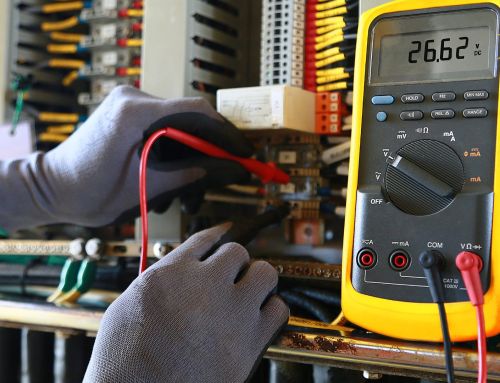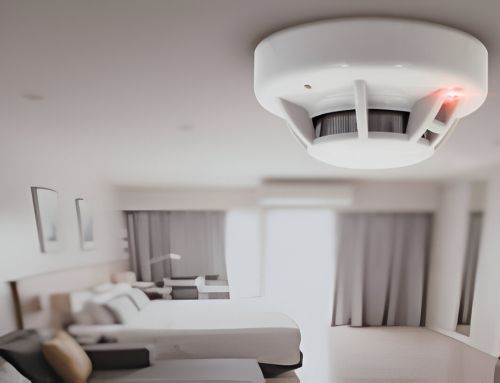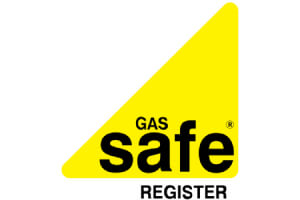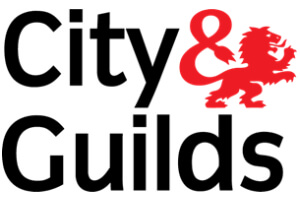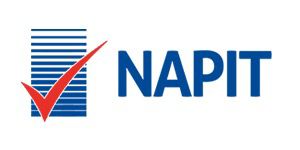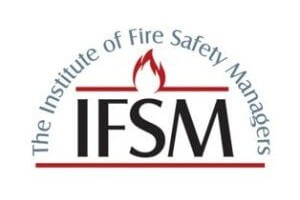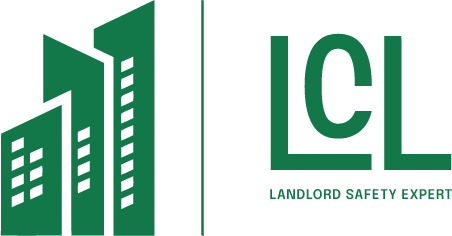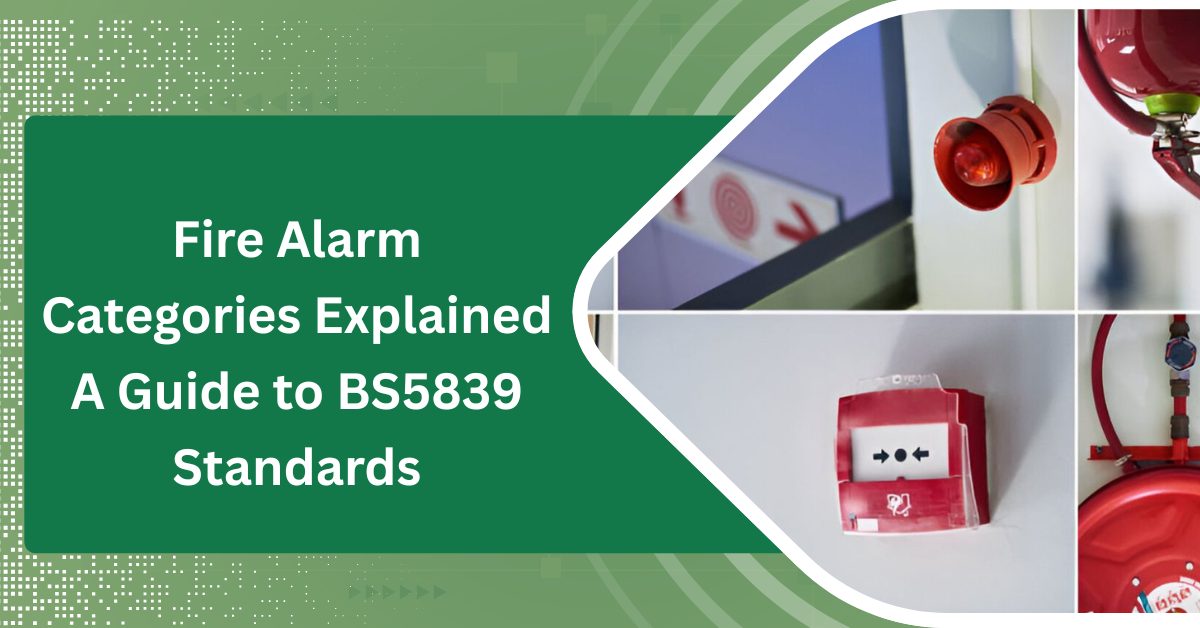
In fire safety, categorizing fire alarm systems as delineated by the BS5839 standards is pivotal for ensuring life safety and property protection. These standards, which classify systems M, L, and P, serve distinct purposes from manual activation to automatic detection, each tailored to specific safety outcomes and coverage levels. A precise understanding of these categories facilitates compliance with legal requirements and enhances strategic planning in fire safety management. As we explore the nuances of each category, one may wonder how these classifications impact the overall effectiveness of fire alarm systems in different environments. Let’s discover Fire Alarm Categories Explained A Guide to BS5839 Standards.
Understanding BS5839 Standards
The British Standard BS5839 provides a comprehensive framework for fire detection and alarm systems, crucial for ensuring compliance and safety in commercial and residential buildings. This standard delineates the various types of fire alarm systems and their critical components, ensuring a tailored approach to different architectural and occupancy considerations.
The document details the specifications for the design, installation, commissioning, and maintenance of fire alarms, emphasizing the roles and responsibilities of all associated parties.
Under BS5839, fire alarm systems are categorized based on their purpose and the level of protection they offer. Each category is designed to meet specific safety criteria and risk assessments, guiding the selection and implementation of appropriate system components such as control panels, detectors, sounders, and manual call points.
The standard underscores the importance of integrating these components effectively to create a cohesive and responsive system.
Adherence to BS5839 is not merely a regulatory formality but a critical measure to protect lives and property. Professionals aiming for mastery in fire safety systems must understand the nuances of these categories and components to design systems that not only comply with the standard but also provide optimal protection.
Category M Systems Explained
Within the framework of BS5839, Category M systems represent a fundamental approach to fire safety, requiring manual activation through call points positioned strategically within a building. These systems are designed to ensure that occupants can promptly alert others to a fire, facilitating immediate evacuation and response actions. Such manual systems are particularly effective in environments where routine detection might be compromised by ambient conditions or where automatic systems are not viable.
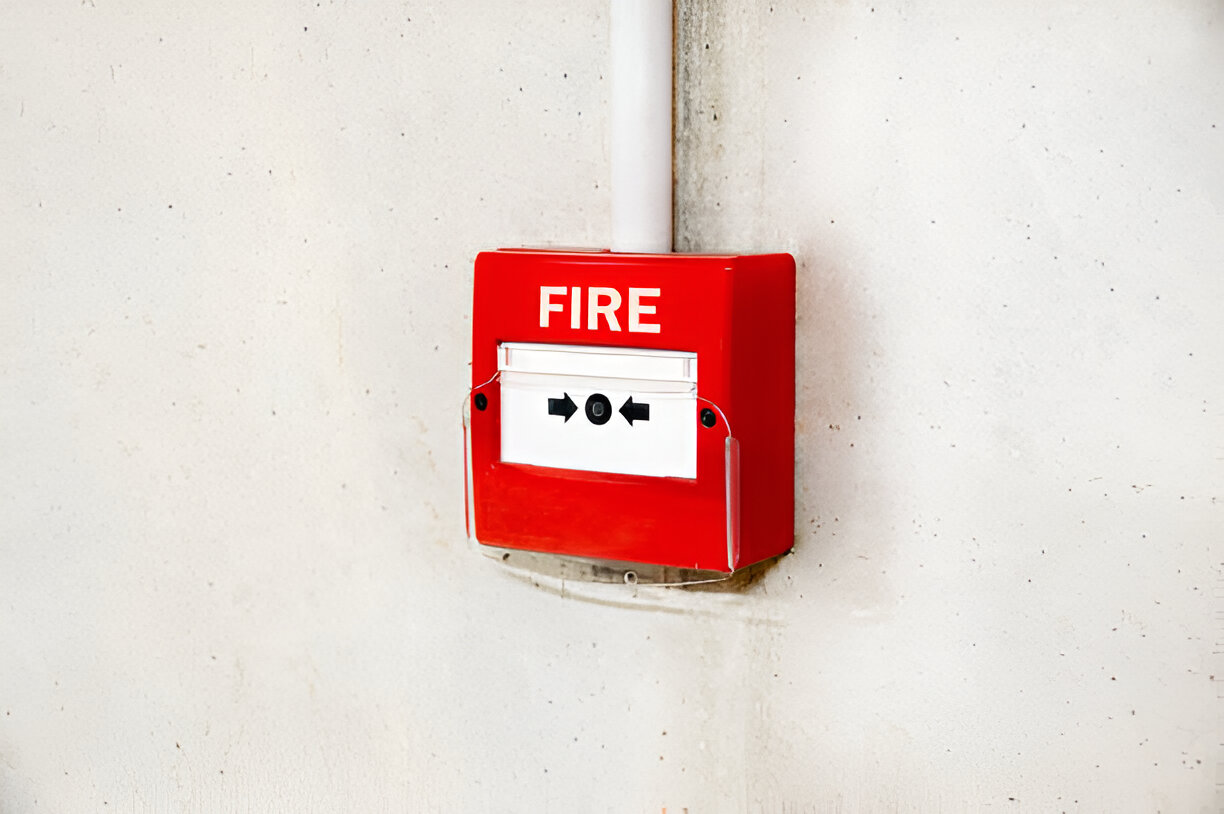
Category M features include simple yet highly reliable call points that are easy to operate. These systems are often complemented by clear signage and accessible placement, ensuring that all building users, including those with disabilities, can reach and activate the alarm without delay. The customization of the call point locations based on the building’s layout and the nature of its occupancy underscores the system’s adaptability to different environments.
The primary benefits of Category M systems lie in their direct control and simplicity, which minimizes the risk of system failures and false alarms. Additionally, their straightforward maintenance and testing requirements ensure that these systems remain functional and effective over time, providing a consistent level of safety with relatively low complexity and cost.
Details of Category L Systems
Shifting focus to Category L systems, these are designed to automatically detect and warn of fire presence, thereby ensuring a high level of protection for life and property. Predominantly utilized in residential and commercial buildings, Category L systems are pivotal in safeguarding occupants against fire hazards.
These systems are subdivided into several levels from L1 to L5, each tailored to specific building requirements and risk assessments.
Delving deeper, Category L1 offers the most comprehensive coverage with detectors installed in all rooms and areas, including voids and roof spaces, maximizing early detection capabilities. L2 includes escape routes and high-risk areas, whereas L3 focuses mainly on escape routes. L4 covers circulation areas, and L5 is customized based on specific risks identified in a fire risk assessment.
The Category L features such as multi-point detection and alarm systems, automatic triggering, and integration with building management systems not only facilitate early detection but also prompt evacuation, significantly reducing potential casualties and property damage.
The primary category L benefits include improved response times, enhanced safety protocols, and compliance with stringent BS5839 standards, making these systems indispensable in modern fire safety architecture.
Insights Into Category P Systems
Building on our understanding of Category L systems, we now turn to Category P systems, which are primarily engineered for property protection rather than life safety. These systems are designed under the BS5839 standards, focusing on safeguarding assets and minimizing economic losses due to fire.
Category P systems are subdivided into P1 and P2, where P1 provides the highest level of protection, covering the entire building, and P2 is designed to protect defined parts of the building.
Key Aspects of Category P Systems:
- Focused Protection: Targets specific areas that contain valuable or critical assets.
- Customizable Coverage: Allows for tailored solutions that align with specific property risks.
- Advanced Detection: Employs sophisticated technologies to detect fire at its incipient stage.
- Regulatory Compliance: Meets stringent standards to ensure robust property protection.
While category P systems offer significant benefits in terms of asset preservation, they do have limitations. These systems might not prioritize early warning for human evacuation, as their main focus is property.
Understanding both the strengths and constraints of Category P systems is crucial for stakeholders aiming to implement an effective fire protection strategy that meets both regulatory and insurance requirements.
Choosing the Right Category
Selecting the appropriate fire alarm category requires a detailed understanding of the specific needs and risks associated with a facility. This decision is pivotal, not only for ensuring regulatory compliance but also for optimizing system effectiveness and integration capabilities. A thorough risk assessment should guide the selection process, evaluating potential hazards, the nature of the occupants, and the building’s layout.
Each category under the BS5839 standards has been delineated to address varied levels of risk and response requirements. Categories L1 to L5 focus on life protection, with L1 providing the most comprehensive coverage and designed for maximum early detection.
On the other hand, Category P1 and P2 systems are targeted towards property protection, with P1 being the most extensive, covering all areas of the building.
Incorporating advanced fire alarm features is crucial. Modern systems offer integration with other building management systems, enhancing overall safety and operational efficiency.
This system integration can facilitate coordinated responses to fire incidents, ensuring that ventilation systems, access controls, and lighting are managed to aid evacuation and fire containment.
Choosing the right category thus involves balancing between immediate protection needs and future-proofing the safety infrastructure of the facility.
Implementation and Compliance Tips
Once the appropriate fire alarm category has been determined, the focus moves to the practical aspects of implementation and ensuring adherence to relevant regulations. Effective system installation and rigorous maintenance practices are paramount, not just for compliance with BS5839 standards but also to ensure optimal functioning and safety.
The process of implementation and compliance can be complex, involving various stakeholders and technical details. Here are key tips:
- Documentation and Planning: Maintain comprehensive documentation that records every aspect of the fire alarm system installation and subsequent inspections. This should include detailed plans of the system layout and the specifications of all installed components.
- Professional Installation: Use certified professionals for system installation. This ensures that the setup complies with the latest standards and is performed with technical proficiency.
- Regular Maintenance: Establish and adhere to a strict schedule of maintenance practices. This includes regular checks and functional tests to prevent failures and ensure the system responds appropriately in case of fire.
- Compliance Audits: Regularly audit the fire alarm system to verify compliance with BS5839 standards. This helps in identifying any deviations or areas of improvement.
Adhering to these guidelines will not only assure regulatory compliance but also enhance the safety measures of a building.
Conclusion
In conclusion, adherence to the BS5839 standards is essential for the effective implementation of fire detection and alarm systems. By categorizing these systems into M, L, and P, the standards provide a structured approach to enhancing safety and property protection. Selecting the appropriate category requires a thorough understanding of the specific needs and risks of the premises. Ensuring compliance with these classifications promotes safety and aligns with regulatory requirements, thereby effectively mitigating potential hazards.
Our Pricing
| Our Fire Safety Prices |
|---|
|
Fire Safety Certificate £67.99
|
| Fire Risk Assessment £74 |
| Fire Alarm Installation £209.99 |
|
Fire Door Certificate £120 |
Check Out Our Other Services
| EICR | Commercial EICR | Emergency Light Certificate |
|---|---|---|
| Electrical Diagnostic | PAT Testing | Fuse Box Installation |
About the Author: LandlordCertificate
Related Posts
Get Social
Recent Posts
- Fire Risk Assessment Review as a Driver of Stronger Safety Control
- Comprehensive EICR London Services for Every Property
- System Planning for Large Buildings with Fire Alarm Installation
- Fire Service Fire Risk Assessment for Stronger Safety Management
- Electrical Risk Clarity Improved Through an EICR Report


